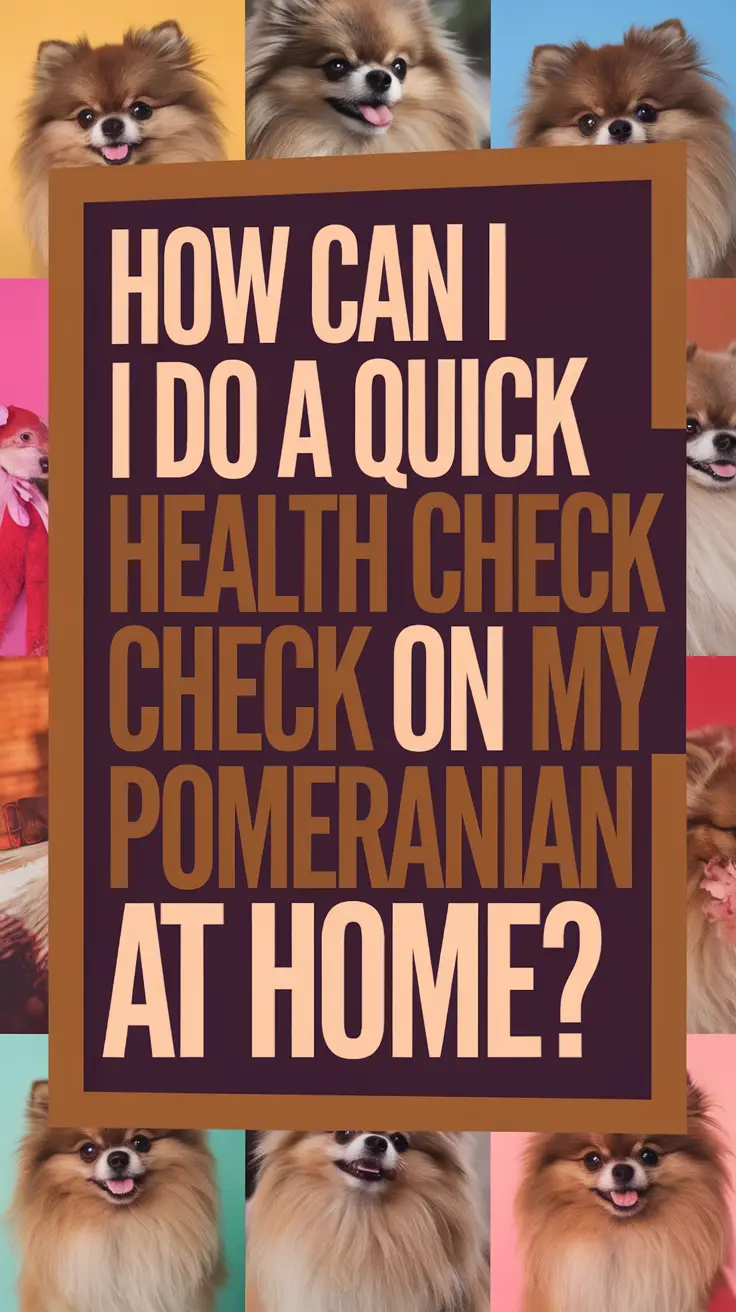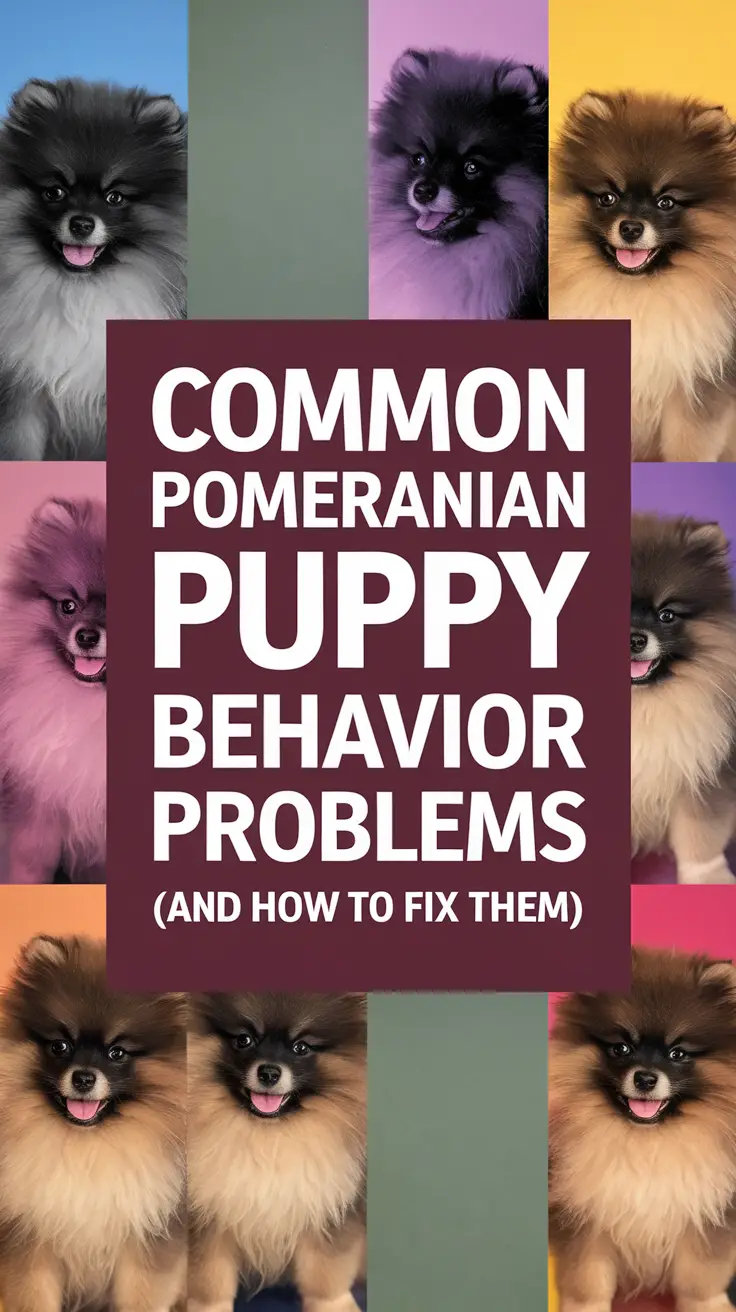One day you’re walking down the street with your adorable Pomeranian puppy, and suddenly they transform into a tiny tornado of barks and hackles at the sight of a friendly Golden Retriever. Sound familiar? If you’re nodding your head while simultaneously wondering how something so small can produce such big drama, you’ve come to the right place. As someone who’s navigated the delightful chaos of raising Sash, my spirited Pomeranian, I can tell you that proper socialization isn’t just important – it’s absolutely crucial for these pint-sized personalities.
Here are the three key strategies that will transform your fluffy bundle of attitude into a well-adjusted canine citizen:
- Start early with controlled exposure to new experiences during the critical socialization window
- Use positive reinforcement techniques specifically tailored to the Pomeranian temperament
- Address breed-specific challenges like Napoleon complex and territorial behavior
Understanding Your Pomeranian’s Unique Social Needs
Pomeranians aren’t just small dogs – they’re big dogs trapped in tiny, fluffy bodies with equally big opinions about everything. The American Kennel Club describes Pomeranians as “alert and intelligent,” which is a polite way of saying they think they’re the CEOs of every situation they encounter. Sash certainly fits this description perfectly. During our first puppy class, she marched into the room like she owned the place, completely oblivious to the fact that the Great Dane puppy next to her could use her as a chew toy.
This breed’s ancestors were much larger spitz-type dogs, and that confident, sometimes bossy attitude is hardwired into their DNA. Dr. Patricia McConnell, a renowned animal behaviorist, notes that small breeds like Pomeranians often develop what she calls “small dog syndrome” when not properly socialized – essentially becoming tiny tyrants who rule through intimidation rather than charm.
The critical socialization period for puppies occurs between 3 to 14 weeks of age, according to veterinary behaviorists. During this window, your Pomeranian’s brain is like a sponge, soaking up experiences that will shape their adult personality. Miss this opportunity, and you might find yourself with a beautiful but neurotic furball who treats every doorbell like an invasion signal.
The Step-by-Step Socialization Process
Week 1-2: Building Foundation Confidence
Start with your home environment before venturing into the big, scary world. Sash’s first socialization lesson happened accidentally when our washing machine went into its dramatic spin cycle. Instead of letting her cower behind the couch, I calmly sat near the machine with treats, rewarding her for staying calm during the mechanical symphony. This taught me that everyday household sounds provide excellent initial socialization opportunities.
Create a “sound library” using YouTube videos of various noises: vacuum cleaners, thunderstorms, construction sounds, and other dogs barking. Play these at low volumes while engaging your puppy in positive activities like feeding or gentle play. Gradually increase the volume as your Pomeranian becomes more comfortable.
Week 3-4: Controlled Social Encounters
The key word here is “controlled.” Pomeranians can easily become overwhelmed, leading to fear-based reactions that are difficult to undo. I learned this lesson the hard way when I took Sash to a busy dog park too early. She spent the entire visit pressed against my legs like a furry barnacle, convinced that every dog was plotting her demise.
Instead, arrange playdates with well-socialized, calm dogs that are similar in size or have gentle temperaments. Puppies learn appropriate play behavior from other dogs, but a boisterous Lab puppy might accidentally teach your Pomeranian that all interactions are overwhelming. The Pomeranian Club of America recommends starting with dogs you know personally – friends’ pets or family dogs with proven gentle natures.
Week 5-6: Expanding the Social Circle
Now it’s time to introduce human variety. Pomeranians can become suspicious of people who look different from their immediate family. Sash went through a phase where she was convinced that anyone wearing a hat was clearly up to no good. We worked through this by having hat-wearing friends visit regularly, armed with high-value treats like freeze-dried liver.
Introduce your puppy to:
- People of different ages, from toddlers to seniors
- Individuals wearing various clothing items (hats, sunglasses, uniforms)
- People using mobility aids like wheelchairs or walkers
- Different ethnicities and appearances
Always supervise these interactions closely. Pomeranians are fragile, and even well-meaning children can accidentally injure them. Teach visitors to let your puppy approach them rather than reaching down, which can be intimidating to a small dog.
Addressing Common Pomeranian Socialization Challenges
The Napoleon Complex
Many Pomeranians develop an inflated sense of their own size and capabilities. Sash once tried to intimidate a Saint Bernard by standing on her hind legs and doing her fiercest bark. The Saint Bernard looked confused, probably wondering if this animated pompom was actually addressing him.
Combat this by never encouraging aggressive or overly bold behavior, even if it seems cute. Don’t laugh when your Pomeranian tries to boss around larger dogs – this reinforces the behavior. Instead, redirect their attention to you and reward calm, appropriate responses to other dogs.
Territorial Behavior
Pomeranians often consider themselves property managers, responsible for announcing every visitor, delivery person, and suspicious squirrel within a three-block radius. This hypervigilance can develop into problematic territorial aggression if not addressed during puppyhood.
Create positive associations with visitors by having them toss treats to your puppy without making direct eye contact initially. This teaches your Pomeranian that strangers bring good things rather than threats. The “treat and retreat” method works particularly well with this breed’s cautious nature.
Advanced Socialization Techniques
Environmental Exposure
Pomeranians need exposure to various environments to prevent them from becoming “house hermits.” Start with quiet outdoor spaces before progressing to busier areas. Sash’s first trip to a pet store was educational for both of us – she discovered that automatic doors weren’t trying to eat her, and I learned that carrying treats is absolutely essential for these expeditions.
Create a socialization checklist that includes:
- Different surfaces (grass, concrete, sand, metal grates)
- Various weather conditions
- Indoor and outdoor environments
- Quiet and moderately busy areas
- Different lighting conditions
Handling and Grooming Socialization
Pomeranians require regular grooming throughout their lives, making handling socialization crucial. Start touching your puppy’s paws, ears, mouth, and tail daily while offering treats and praise. This prevents future battles at the veterinarian’s office or grooming salon.
Professional groomer Sarah Mitchell, who has worked with Pomeranians for over fifteen years, emphasizes starting nail trimming and brush acceptance early: “A Pomeranian who wasn’t properly handled as a puppy can turn grooming into an Olympic wrestling match. Prevention through early socialization saves everyone stress.”
Troubleshooting Common Problems
Fear-Based Reactions
If your Pomeranian puppy shows fear toward specific stimuli, resist the urge to comfort them excessively or force interaction. Sash developed a mysterious fear of plastic bags after a windy day when one blew past her dramatically. Instead of coddling her, I practiced counter-conditioning by placing treats near stationary plastic bags, gradually helping her associate them with positive experiences.
The key is patience and consistency. Some Pomeranians are naturally more cautious than others, and pushing too hard can create lasting phobias. If your puppy shows extreme fear reactions, consult with a certified dog behaviorist who understands small breed sensitivities.
Overexcitement and Overstimulation
Pomeranians can go from zero to sixty in terms of excitement, then crash into exhaustion or crankiness. Learn to read your puppy’s body language and remove them from stimulating situations before they become overwhelmed. Signs of overstimulation include excessive panting, inability to focus on treats, or hyperactive behavior followed by sudden withdrawal.
The Long-Term Benefits of Proper Socialization
A well-socialized Pomeranian is a joy to live with and take anywhere. Sash now accompanies me to outdoor cafes, hardware stores, and even some office visits. She greets new people with curiosity rather than suspicion and plays appropriately with dogs of all sizes. This didn’t happen overnight – it took consistent effort during her puppyhood and ongoing reinforcement throughout her life.
The American Veterinary Society of Animal Behavior states that properly socialized dogs are less likely to develop behavioral problems, show reduced stress in new situations, and have stronger bonds with their families. For Pomeranians, who can live 12-16 years, this investment in early socialization pays dividends for their entire lifetime.
Professional Resources and When to Seek Help
Sometimes, despite your best efforts, professional help is beneficial. Look for puppy socialization classes specifically designed for small breeds, or trainers experienced with toy breeds. Many training facilities now offer “small dog only” sessions, which prevent your Pomeranian from being overwhelmed by larger, more boisterous puppies.
Red flags that indicate you should seek professional help include:
- Persistent fear that doesn’t improve with gradual exposure
- Aggressive behavior toward people or other dogs
- Extreme anxiety in new situations
- Resource guarding or possessiveness
Remember, there’s no shame in seeking professional guidance. Even experienced dog owners can benefit from expert advice, especially with a breed as unique as the Pomeranian.
Creating Lifelong Social Skills
Socialization doesn’t end when puppyhood does. Pomeranians benefit from ongoing social experiences throughout their lives. Sash and I continue to explore new places, meet new people, and practice good manners in various situations. This ongoing exposure keeps her skills sharp and her confidence high.
Consider joining Pomeranian-specific groups or small dog meetups in your area. These provide excellent opportunities for continued socialization with size-appropriate playmates. Many communities have small dog groups that meet regularly for walks, training sessions, or just social time.
The investment you make in socializing your Pomeranian puppy will reward you with a confident, well-adjusted companion who can handle whatever life throws their way. Sure, they might still think they’re ten feet tall and bulletproof – that’s just part of their charm. But with proper socialization, they’ll express that confidence in appropriate, endearing ways rather than through fear-based aggression or anxiety. Your future self (and everyone who meets your delightful Pomeranian) will thank you for putting in this crucial early work.




